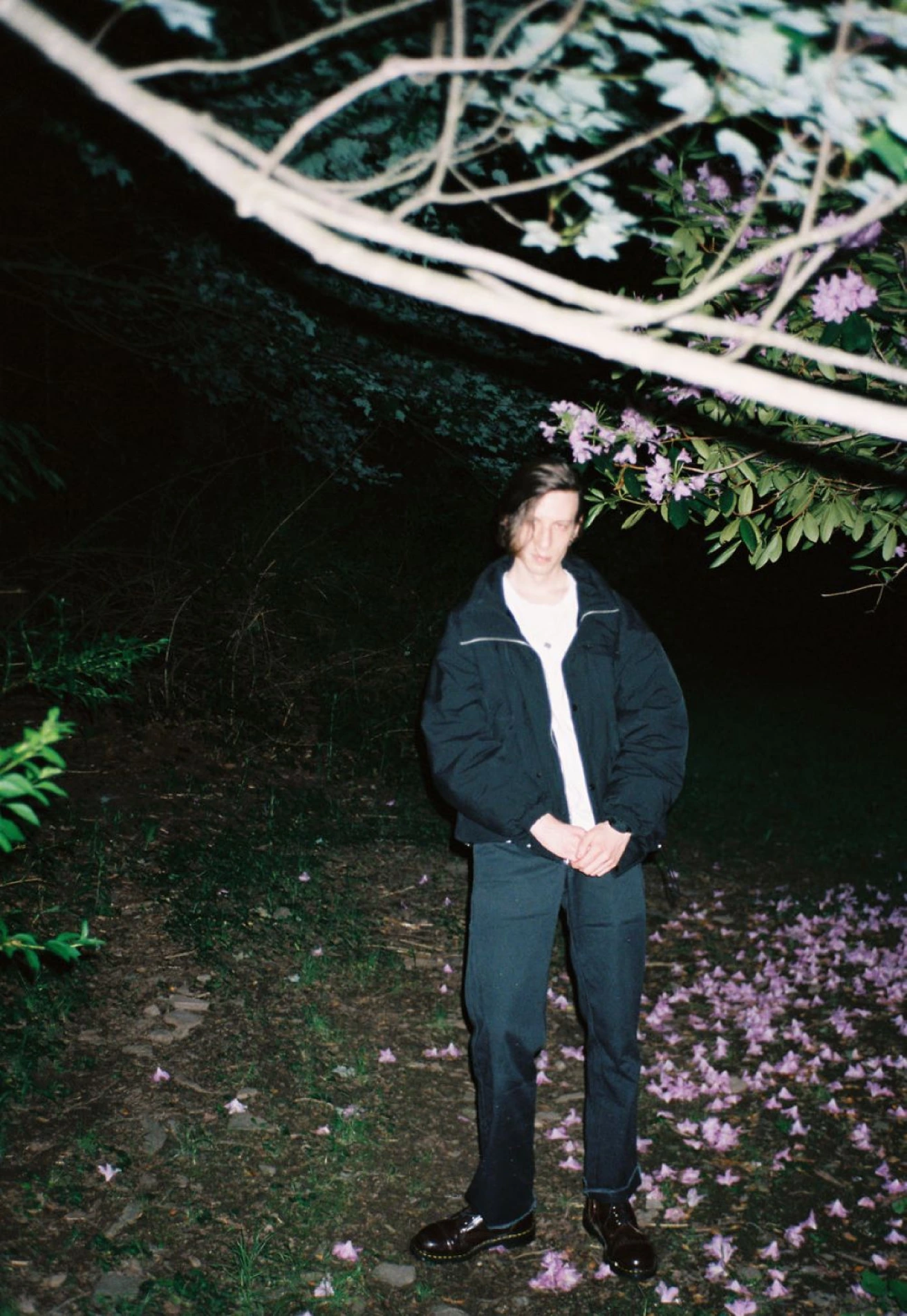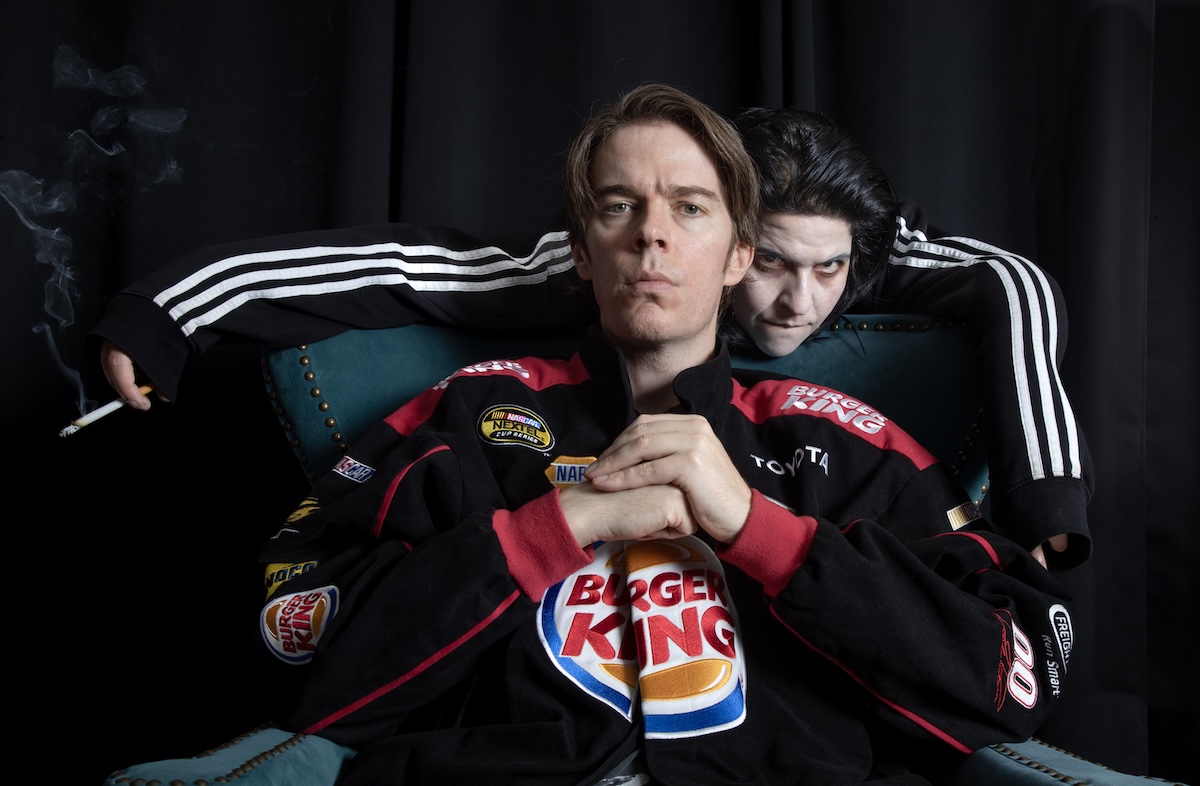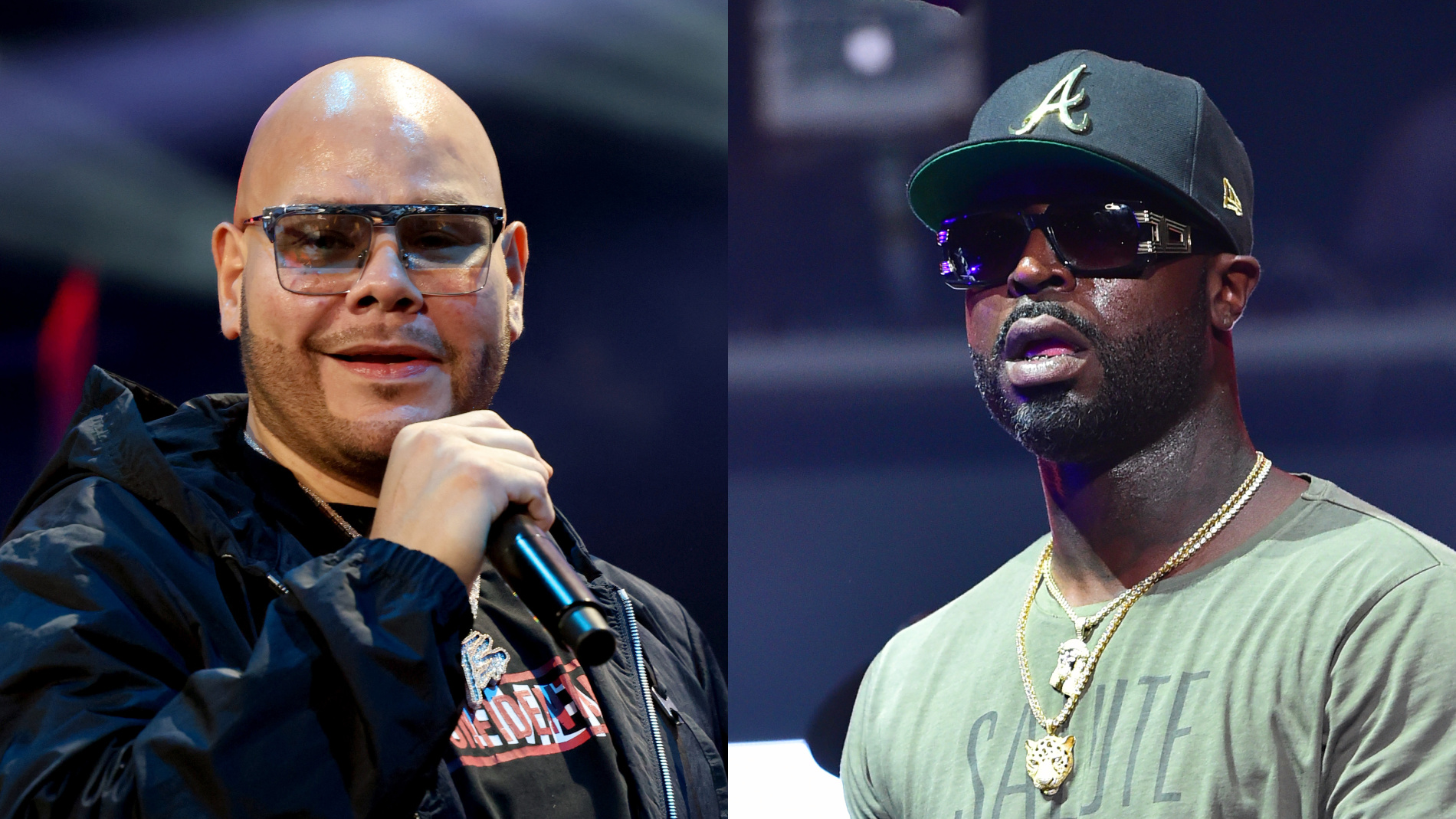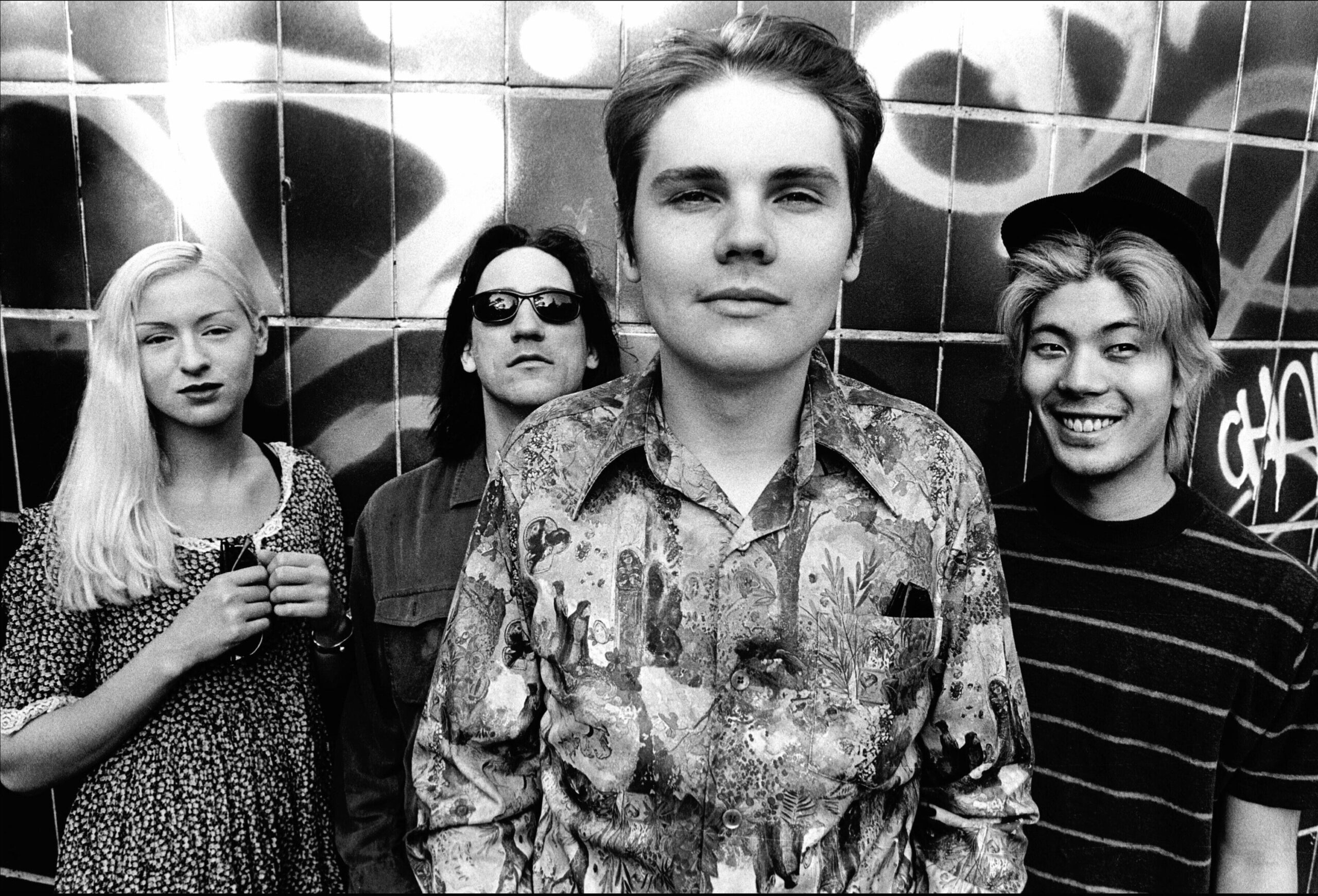
The Smashing Pumpkins, the Chicago quartet comprised originally of singer/guitarist Billy Corgan, guitarist James Iha, bassist D’arcy Wretzky, and drummer Jimmy Chamberlin, were one of the most exciting bands in the world for a sizeable stretch of the 1990s, infusing the era’s dominant grunge sound with touches of shoegazing psychedelia, goth, metal, and dream pop. The Pumpkins sold more than 30 million albums at their peak, garnering a Grammy nomination for album of the year with 1995’s double album Mellon Collie and the Infinite Sadness.
Unfortunately, the last 25 years haven’t been too kind to the Smashing Pumpkins’ legacy. Corgan became an increasingly irascible and unsympathetic figure as he remained the band’s only permanent member through a number of lineup changes, and the wildly prolific songwriter experienced diminishing returns over the last couple hundred new Pumpkins songs. Still, the band’s catalog remains formidable and full of hidden gems. How does the Pumpkins’ latest album, Aghori Mhori Mei, hold up to revered releases such as Siamese Dream and Adore?
More from Spin:
Smashing Pumpkins Find Inspiration In Early Days On ‘Aghori Mhori Mei’
Guitarist Jeff Schroeder Departs Smashing Pumpkins
Butch Vig Talks Taylor Hawkins, Nirvana, and Garbage On Lipps Service
15. Oceania (2012)
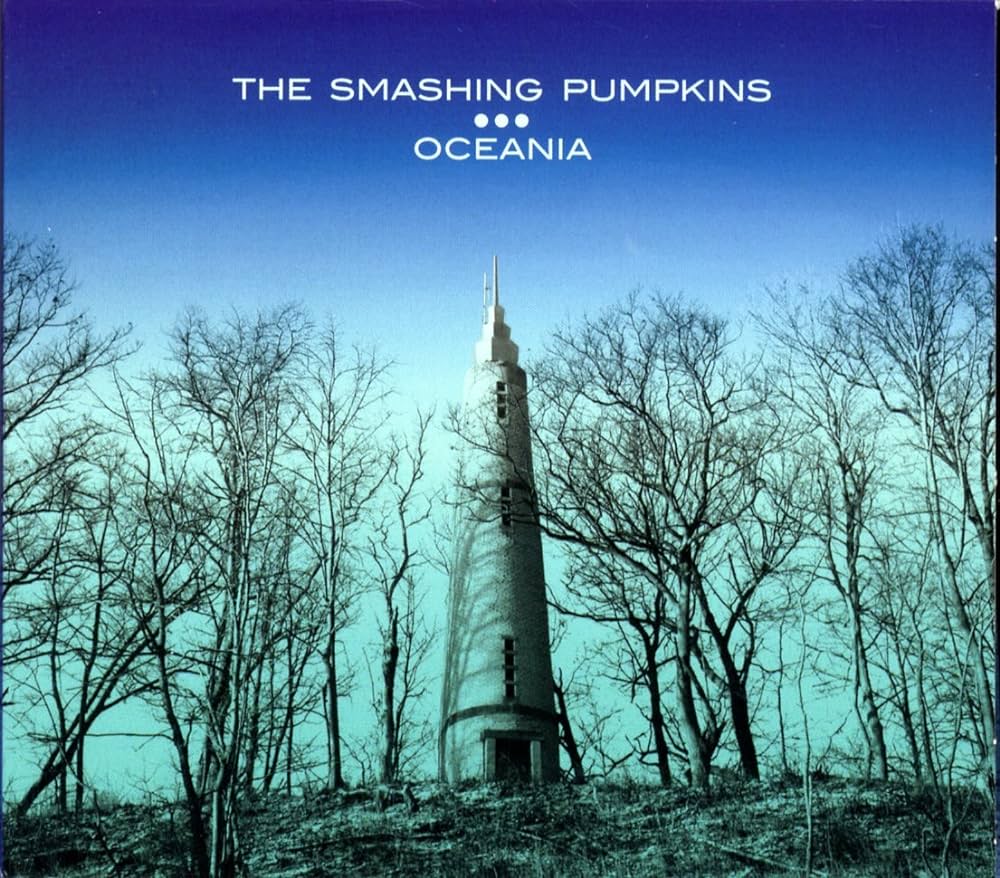
Michael Byrne was just 19 years old when he beat out thousands of other drummers who auditioned to join the Pumpkins in 2009. During his five-year tenure with the band, Byrne played on most of Teargarden by Kaleidyscope, a sprawling opus that spanned several EPs and two albums, although Corgan pulled the plug on the project after releasing 34 of the 44 planned songs. Where Adore worked around original drummer Jimmy Chamberlin’s absence with gentle ballads and drum machine grooves, Oceania is an attempt to capture the steamrolling power of early ‘90s Pumpkins without the classic lineup. Byrne seems reasonably up to the task at times, deploying powerful fills and snare rolls on the opener “Quasar,” but there’s an uncanny valley quality that Corgan’s band of young hired hands just can’t shake. When the album reaches an ethereal stretch that includes the meandering nine-minute title track, Oceania becomes a truly lethargic and dull listening experience.
14. Cyr (2020)
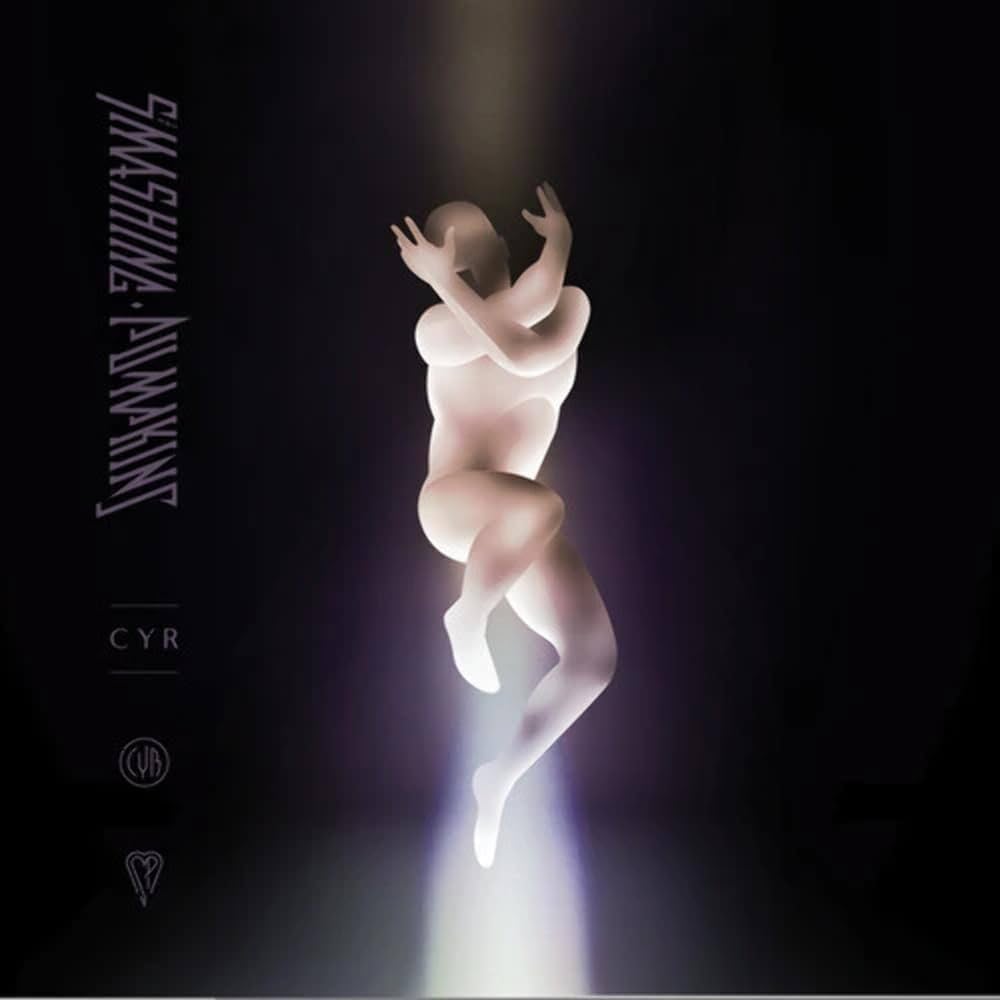
The synth and drum machine experimentation of teenage Corgan-beloved bands like New Order and Siouxsie and the Banshees has often surfaced in Smashing Pumpkins’ music, sometimes to great effect on “1979” and much of Adore. Cyr is a big swing at a full-bore Pumpkins synth-pop record, a woefully dull, 72-minute monolith where guitars almost never drown out keyboards. “Normally, such willingness to transcend genre boundaries would be commendable, but Cyr falls flat on so many levels. Lush textures abound, but there’s barely a memorable tune present,” Phil Mongredien wrote in The Guardian.
13. Shiny And Oh So Bright, Vol. 1 / LP: No Past. No Future. No Sun. (2018)
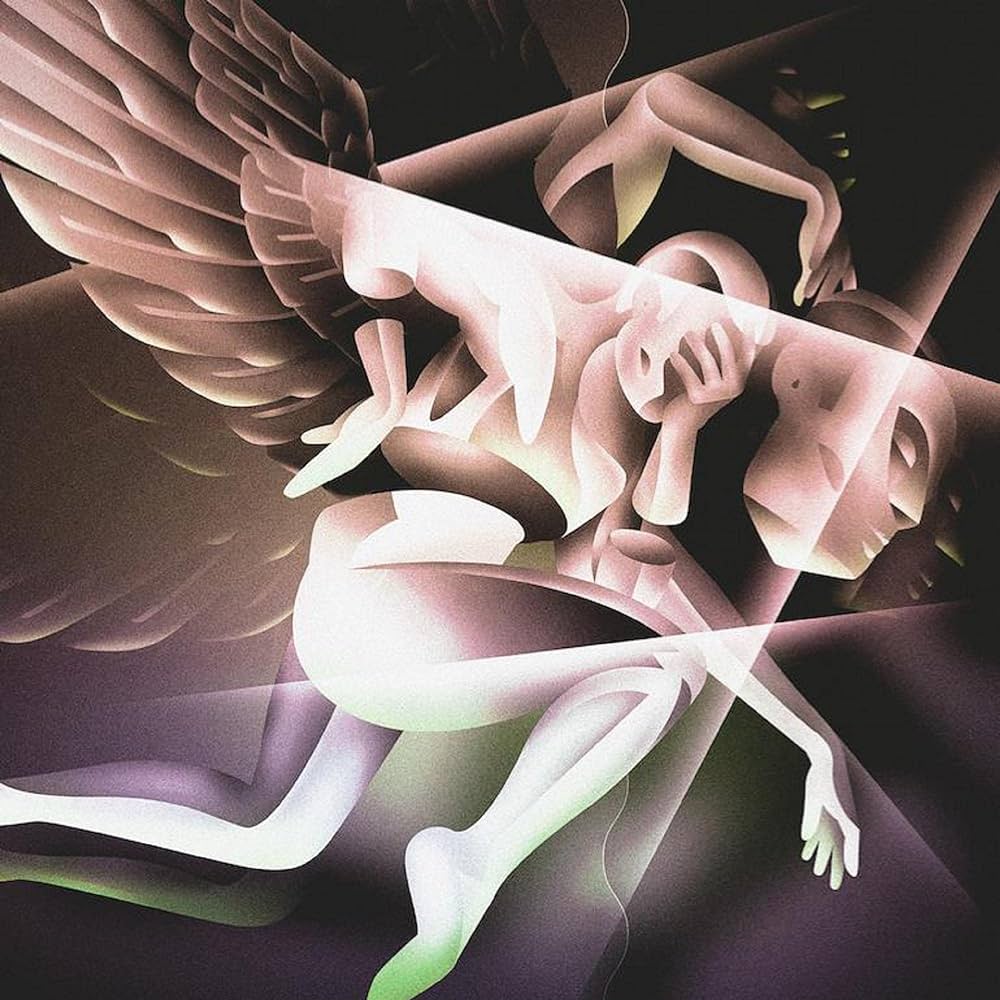
2018 was momentous for the Pumpkins, with James Iha rejoining the band for the first time in 18 years for a major tour and new project produced by Rick Rubin. The eight songs recorded with the bearded guru were originally planned out as a pair of EPs but ultimately released as an atypically brisk 32-minute album with a typically verbose title. A couple of portentous piano-heavy songs, “Knights of Malta” and “Alienation,” slow the record down, but Shiny and Oh So Bright features some of the latter-day Pumpkins’ most convincing throwbacks to their ‘90s heyday. “The Pumpkins have landed on a surprisingly cohesive amalgamation of influences,” Saby Reyes-Kulkami wrote in the SPIN review.
12. ATUM: A Rock Opera in Three Acts (2023)
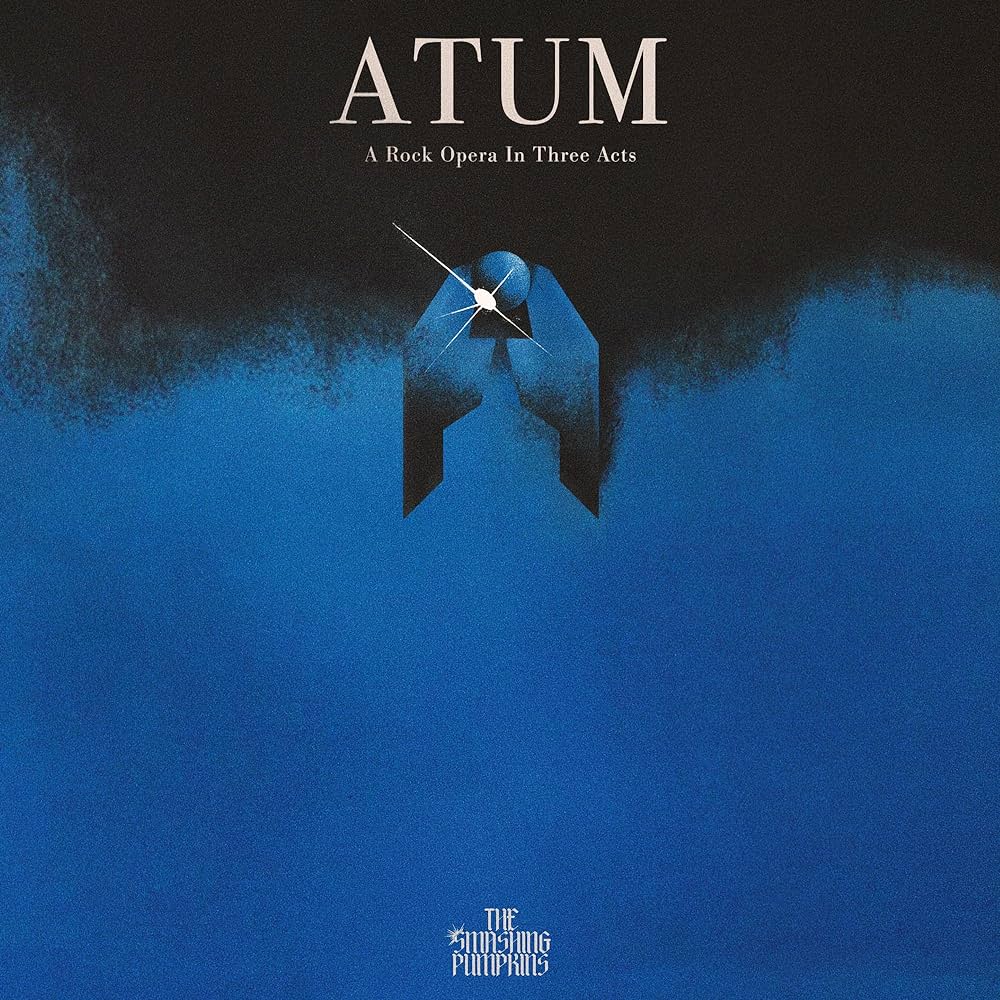
Despite abandoning both Teargarden by Kaleidoscope and the Shiny and Oh So Bright series in the past decade, Corgan was unafraid to embark on yet another enormous multi-album project. This time, he actually finished it. Released in three installments over a six-month period, ATUM: A Rock Opera in Three Acts is a concept album that continues the vaguely autobiographical arc that ran through Mellon Collie and Machina, with the story’s protagonist Zero now taking the name Shiny. Far too much of ATUM continues the tepid synth pop sound of Cyr, but rockers like “Spellbinding” and “That Which Animates The Spirit” breathe some life into yet another overlong album.
11. Zeitgeist (2007)
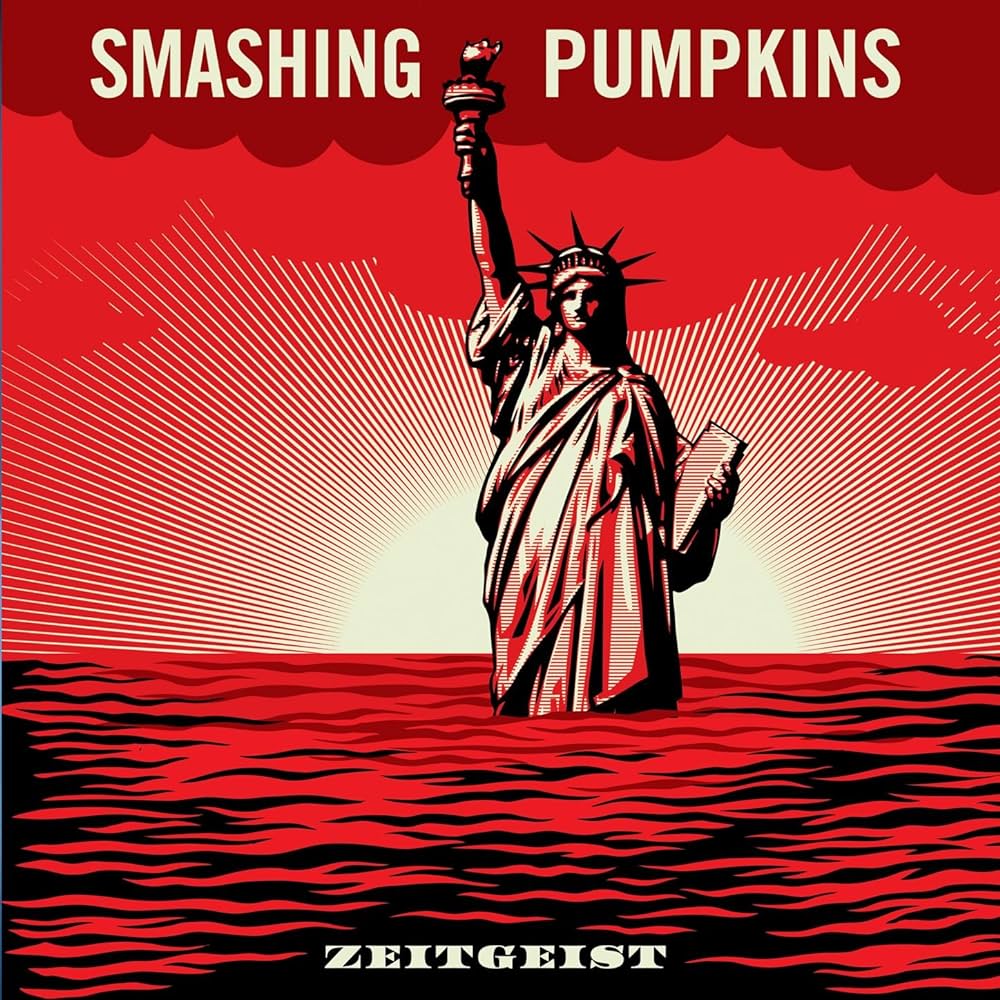
For about five years at the beginning of the millennium, the Pumpkins were disbanded and inactive, and for once, Corgan aimed his voluminous creative energies elsewhere. The sole album by the short-lived supergroup Zwan and Corgan’s solo debut TheFutureEmbrace were by no means masterpieces, but they featured promising moments that seemed to benefit from the breathing room between Corgan the human and the Pumpkins’ thorny, complicated legacy. There was, inevitably, excitement when Corgan and Chamberlin revived the Pumpkins brand, enough to power 2007’s Zeitgeist to a No. 2 debut on the Billboard 200. However, the bombastic, vaguely political album feels like their St. Anger – an aging band’s strained attempt to prove they can still play fast and loud without really tapping into what fans liked about them. Zeitgeist, the Pumpkins’ only album released on Reprise Records, is currently out of print and absent from streaming services, and though it packs a few great guitar solos, you can probably live without it.
10. Aghori Mhori Mei (2024)

Corgan has often seemed weary of how nostalgic fans are for his early work, but his interviews ahead of Aghori Mhori Mei touted the band’s attempts to get into a Siamese Dream “mindset” while recording the concise and guitar-heavy 10-song album. The first two tracks, “Edin” and “Pentagrams,” each run more than six minutes and mimic the dynamic peaks and valleys of ‘93 epics like “Silverfuck.” Corgan’s production feels a little too flat and boxed-in to fully conjure the power of the era with Butch Vig behind the boards, but the guitar tones strike the right mix of gnarly and beautiful. By the fourth track, “Pentecost,” Corgan is already drifting off into wishy washy piano balladry, and the album never fully recovers its momentum from there.
9. Monuments to an Elegy (2014)
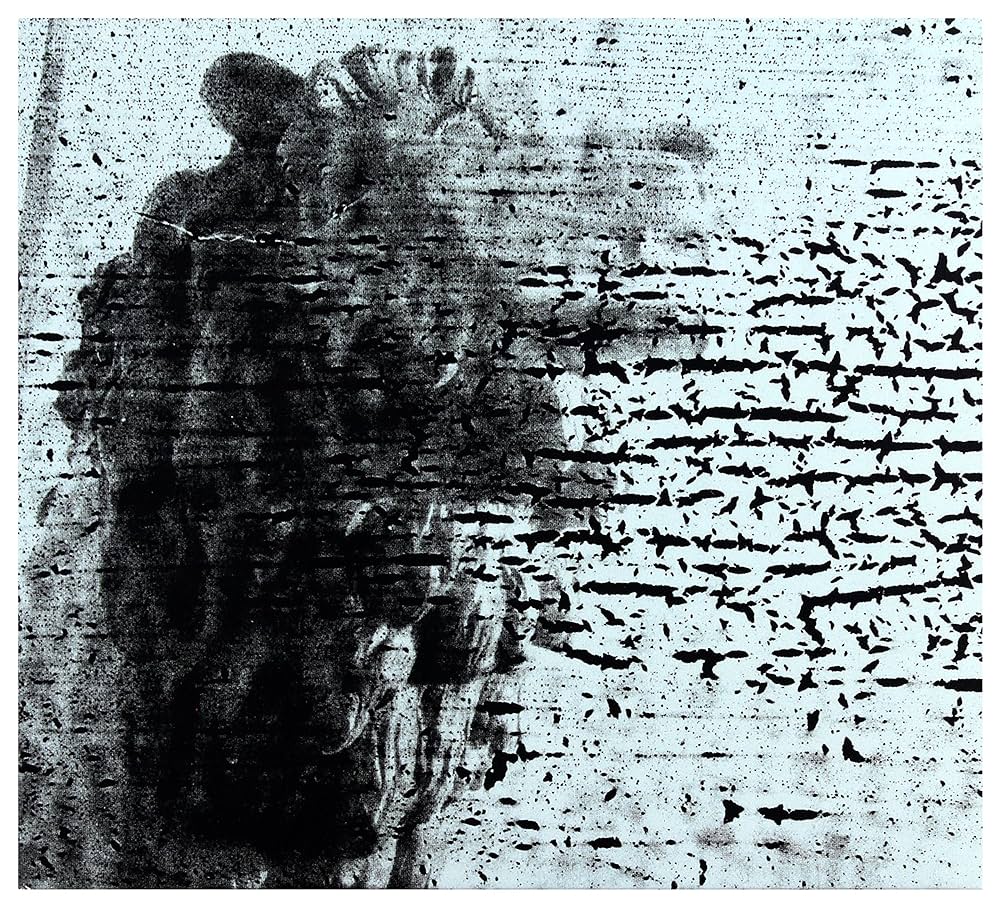
Several notable drummers have kept time for the Pumpkins during their two stints without Chamberlin, including John Mellencamp sideman Kenny Aronoff and Rage Against the Machine’s Brad Wilk. The drummer who did the best job filling Chamberlin’s big shoes, however, may be Motley Crue’s Tommy Lee, who would’ve been an unthinkable choice back in the ‘90s when hair metal and alternative rock felt like warring tribes. Lee proved to be a suitably powerful presence behind the kit for the peppy, concise songs on Monuments to an Elegy, the only Pumpkins release on which nearly every track wraps up in under four minutes. Still, the album was underpromoted during an awkward period when the final installment of Teargarden by Kaleidyscope was released before Corgan shelved the remainder of the project and then welcomed Chamberlin back into the band.
8. Machina/The Machines of God (2000)
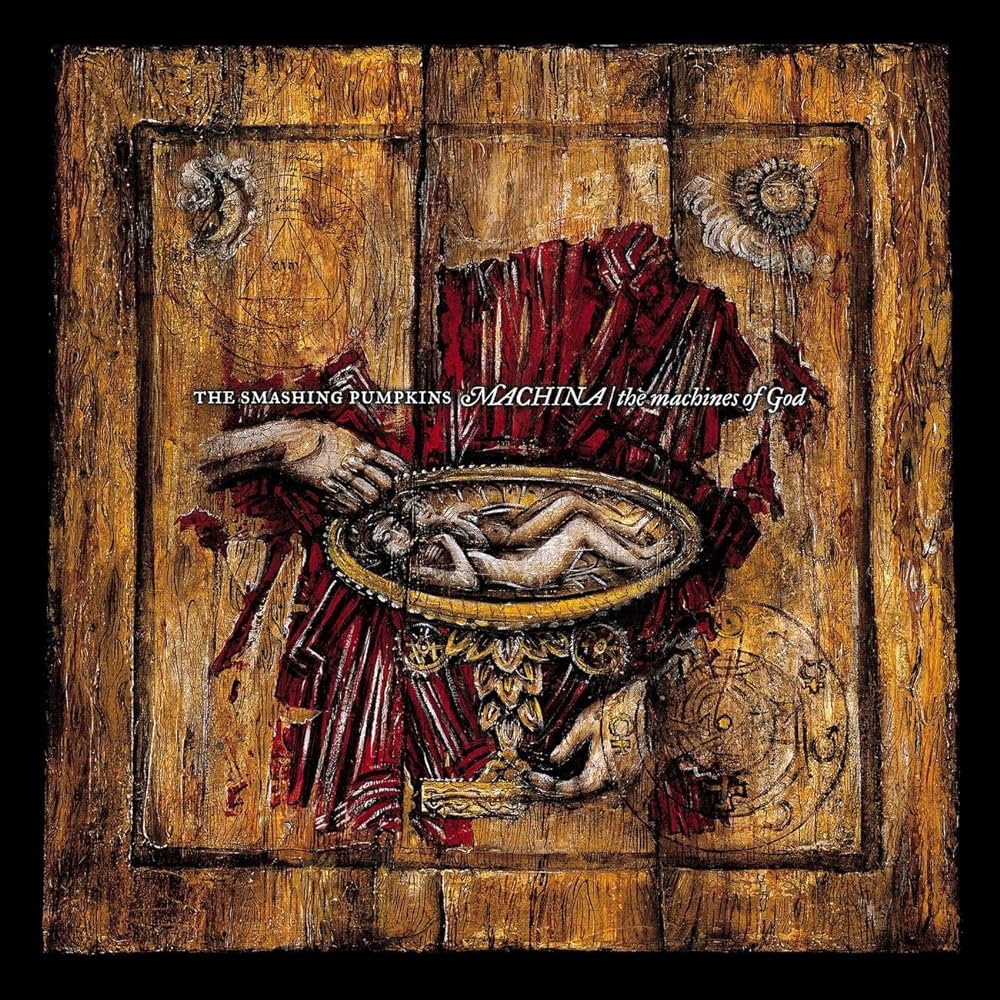
The classic Smashing Pumpkins quartet was back together briefly and for the last time before the turn of the millennium, rebounding from the experimentation of Adore to crank the amps back up. “The Everlasting Gaze” and “Heavy Metal Machine” sound like one of the great grunge-era bands thrashing around and attempting to compete with the rising tide of nu-metal, and the album could use a bit more of the grandiose melodies of “This Time” and “Stand Inside Your Love.” “Earlier Pumpkins snarl-fests had a ravaged grace, but these are a monochromatic bunch,” David Browne wrote in the Entertainment Weekly review.
7. The Aeroplane Flies High (1996)
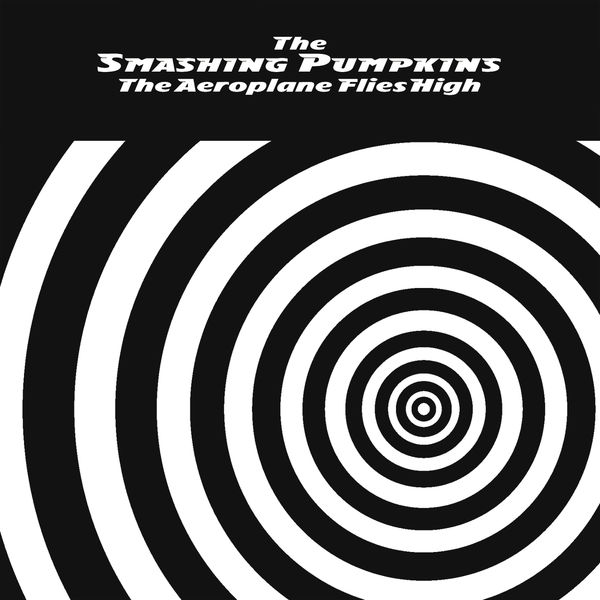
Like Prince in the ‘80s or Lil Wayne in the 2000s, Corgan entered a unique zone in the mid-‘90s, when one of popular music’s biggest, most acclaimed stars was also dizzyingly prolific, churning out great songs far faster than the public could digest them. Corgan, like Prince, would eventually overwhelm fans with a flood of subpar material, but in 1996 he could do no wrong, as he followed the double album Mellon Collie and the Infinite Sadness with a boxed set of two more hours (?!?) of b-sides from the album’s five singles. The Aeroplane Flies High is partly a grab bag of things that wouldn’t belong on a proper album: four tracks written and sung by Iha, a few covers of new wave influences like Missing Persons and the Cars, and “Pistachio Medley,” a 23-minute collage of dozens of riffs and jams never developed into full songs. The band’s batting average on Aeroplane is still shockingly high though, and songs like “Set the Ray to Jerry” and “Mouths of Babes” rank up there with their best. Remarkably, Aeroplane was reissued in 2013 with hours of even more material from the same period.
6. Machina II/The Friends & Enemies of Modern Music (2000)

As the Pumpkins’ album sales steadily declined with each new release, a cautious Virgin Records became reticent to indulge Corgan, first by rejecting a longer double CD version of Machina/The Machines of God and then declining to release the leftover songs as its own sequel album. In September 2000, months before the band’s initial farewell shows, Corgan independently pressed up 25 vinyl copies of Machina II/The Friends & Enemies of Modern Music, which were given to friends of the band with permission to redistribute the album on the internet. As an early example of a giant major-label act using the internet to gift music to fans, Machina II is a fascinating artifact, and as an album, it’s actually better and more varied than its predecessor. Highlights include a re-recording of the song that Virgin wanted to release as Adore’s lead single, “Let Me Give the World to You,” and one of the band’s best James Iha showcases, “Go.” Corgan has spoken about plans to give Machina II an official release for more than a decade, but in the meantime, the album is still floating around on the World Wide Web as originally intended.
5. Adore (1998)
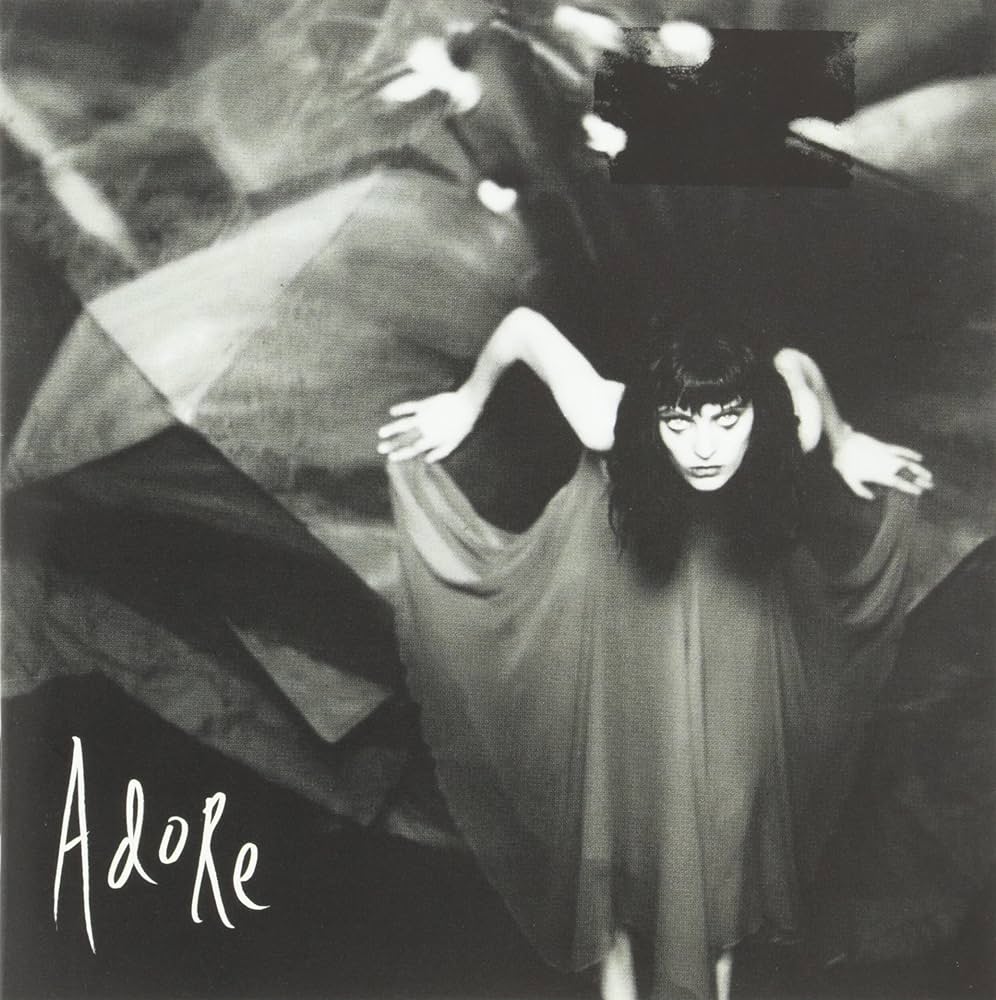
Tragedy and upheaval loomed over the Smashing Pumpkins’ difficult fourth album. Chamberlin and touring keyboardist Jonathan Melvoin both overdosed after a 1996 concert; Melvoin died and Chamberlin was fired from the band. Without their powerhouse drummer, the band recorded a dark, moody album full of synths and pianos, inspired in part by the death of Corgan’s mother. Adore began the band’s sharp, irreversible commercial downturn, but it has developed a passionate cult following over the years. “This isn’t just a transitional record; it’s a complete break with the past. Instead of stadium-size bombast, Adore dials down the volume to lullaby level,” Greg Kot wrote in the Rolling Stone review.
4. Pisces Iscariot (1994)
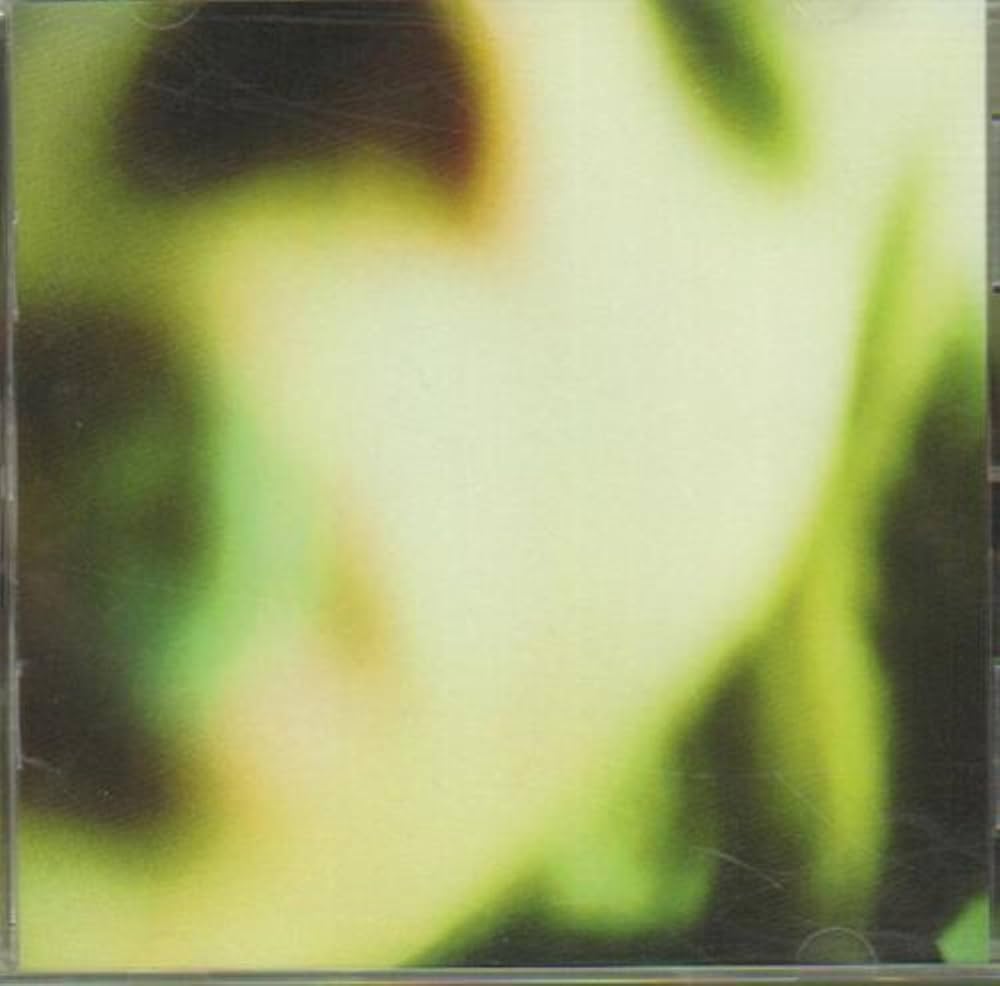
Compilations of b-sides and rarities as good as the band’s proper albums have a strong tradition in alternative rock, and Pisces Iscariot stands tall next to Nirvana’s Incesticide as a classic ‘90s B-sides record which actually went platinum. Comprised primarily of Butch Vig-produced Siamese Dream and Gish outtakes, Pisces Iscariot ranges from swooning, intimate songs such as the superlative “Whir” to psych rock masterpieces like the 11-minute “Starla.” A cover of Fleetwood Mac’s “Landslide” became a major radio hit, keeping the band in the public eye while they holed up in the studio laboring on Mellon Collie.
3. Gish (1991)
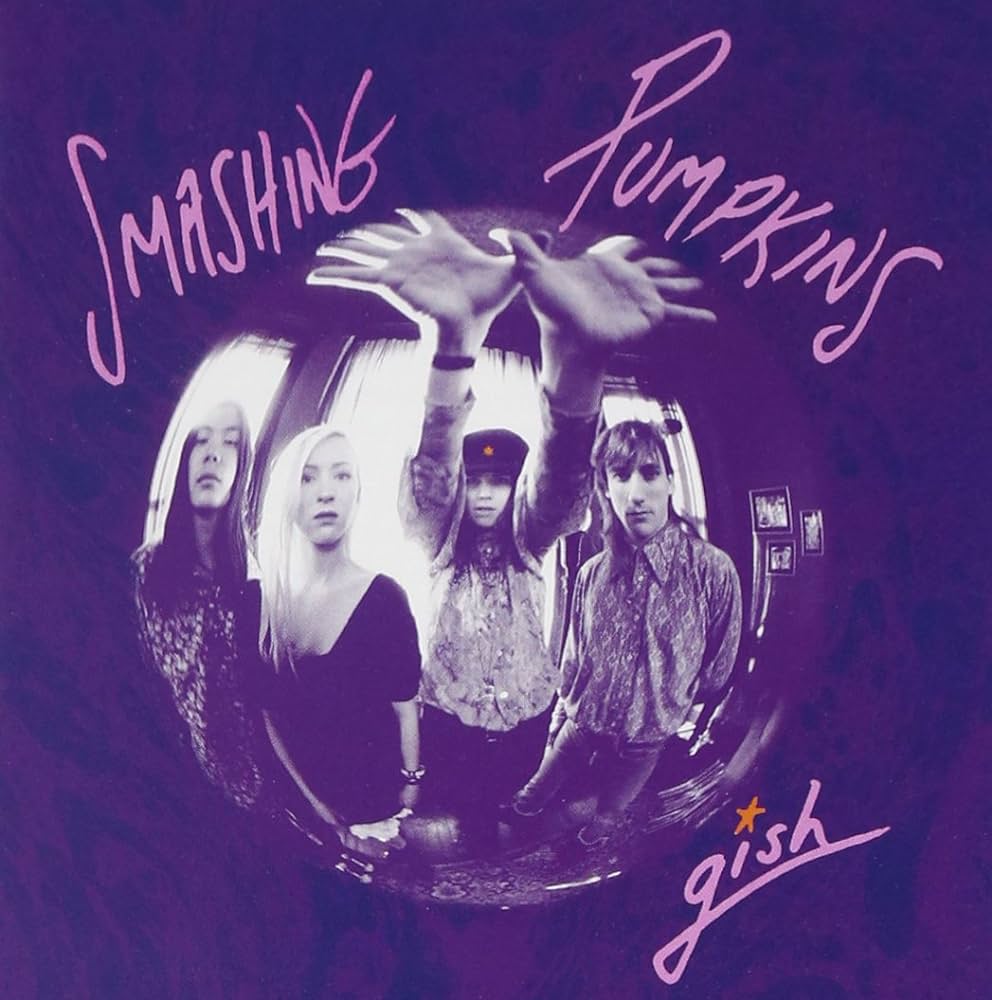
Gish didn’t make as big of an impact on the world as the other album producer Butch Vig recorded in early 1991 (Nirvana’s Nevermind), or career-defining works by Pearl Jam and Red Hot Chili Peppers, whom the Pumpkins toured with that year. But “Rhinoceros” and “I Am One” gave the band a strong foothold on college radio and MTV’s alt-rock showcase 120 Minutes, with swirling psychedelia and dreamy melodies that distinguished their brand of grunge from their Seattle contemporaries. Gish also features some of the deepest grooves in the Pumpkins catalog, with more prominent basslines and an approach to hard rock that owed more than a little to Jane’s Addiction.
2. Mellon Collie and the Infinite Sadness (1995)
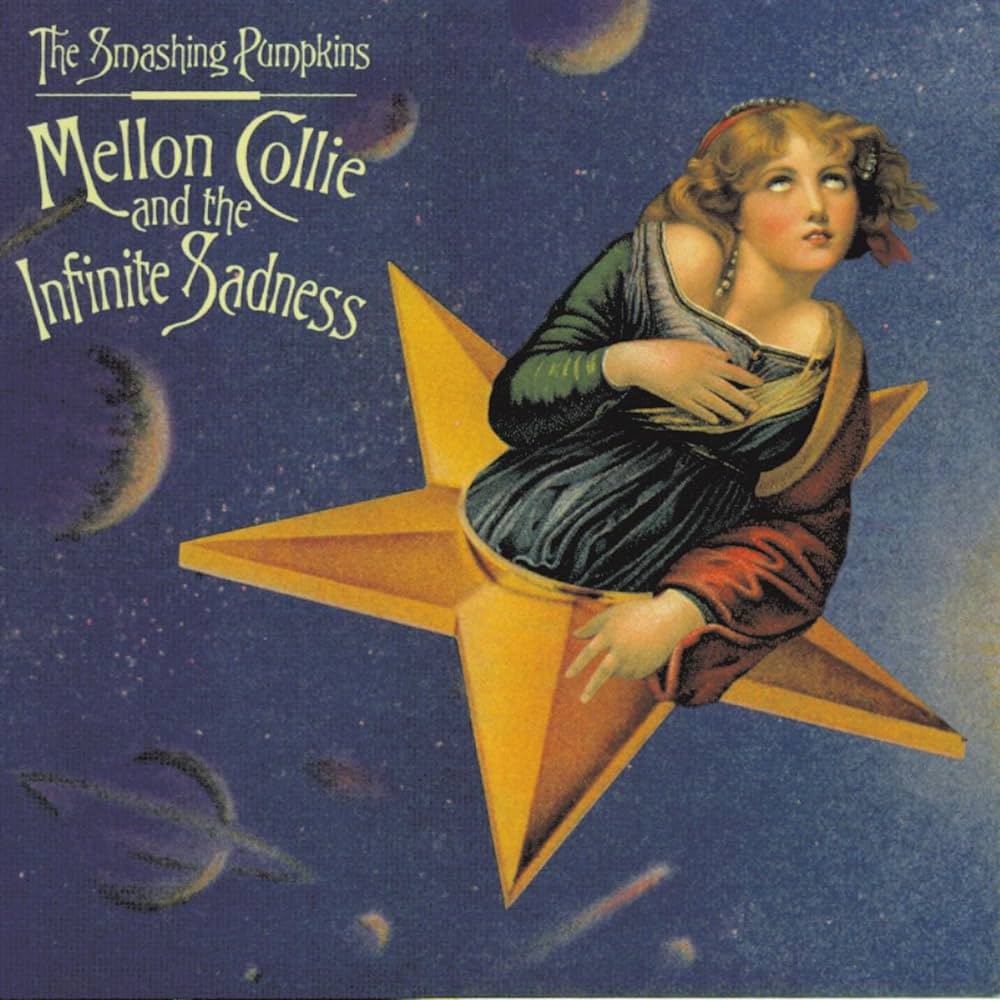
In the vinyl era, a “double album” with 80 minutes to fill up two LPs was considered the height of ambition in rock music. But once compact discs with longer running times became the music industry standard, a double CD with more than two hours of new music became a much higher bar to clear, and the artists that dared release them were often hip-hop stars like 2Pac and the Notorious B.I.G. The Pumpkins were the only marquee alternative band of the era that was up to the challenge, and Mellon Collie and the Infinite Sadness surpassed George Harrison’s All Things Must Pass as the longest blockbuster rock album ever (it was nominated for seven Grammys and has shipped more than 10 million copies in the U.S.). The sheer range and sweep of the album, from the orchestral pop of “Tonight, Tonight” to the vicious “Zero” to the cinematic epic “Porcelina of the Vast Oceans,” is impressive, but Mellon Collie’s hooks and craftsmanship are what elevates it above the band’s other lengthy double and triple albums.
Buy Mellon Collie on Amazon
1. Siamese Dream (1993)
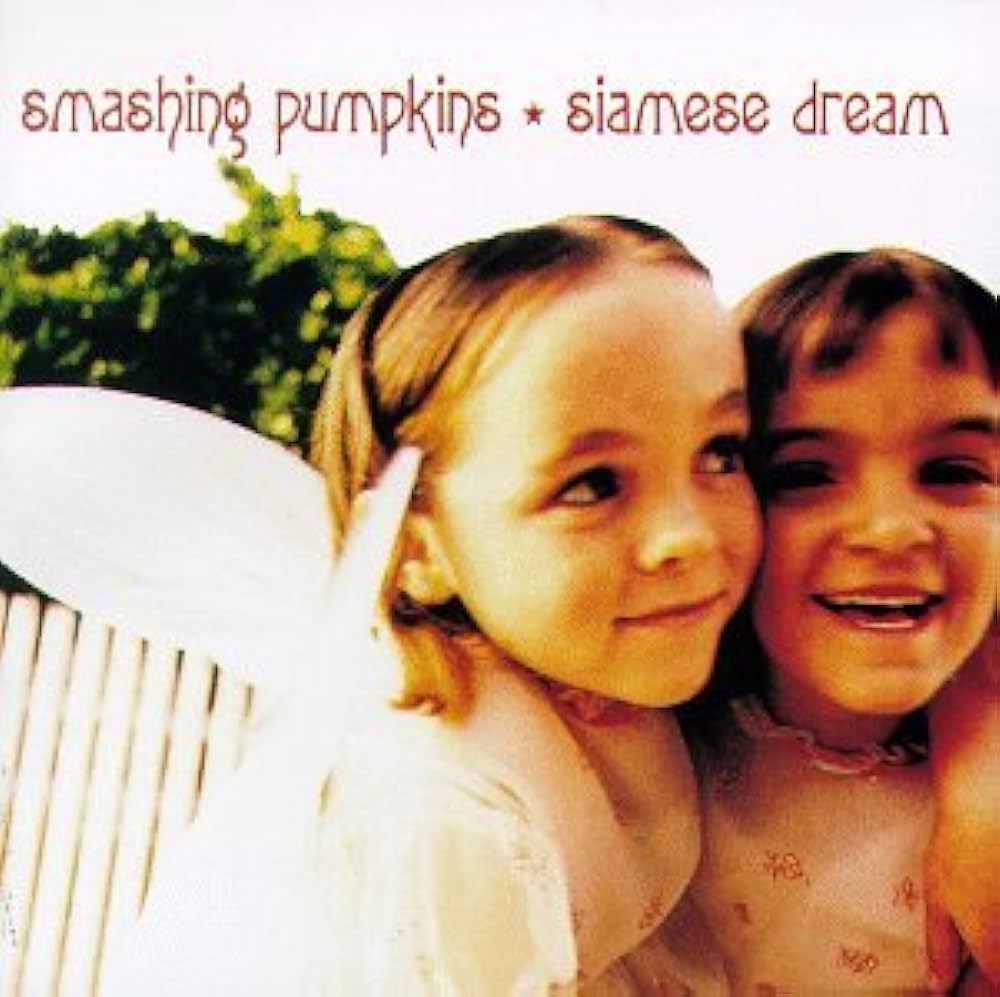
At a time when many of the biggest rock stars were ambivalent or tortured by fame and success, Billy Corgan became something of an arch-villain for being a careerist control freak, lampooned everywhere from Pavement songs to music magazine columns. It’s hard to argue with naked ambition and classic rock influences though, especially when they result in an album as deliriously enjoyable and enduring as Siamese Dream. Corgan and producer Vig layered dozens of takes of guitars over each other to build the cathedrals of amp noise on songs like “Soma” and “Cherub Rock.” Alan Moulder, who’d engineered My Bloody Valentine’s Loveless, was brought in to mix Siamese Dream and bring a bit of that shoegaze magic to an album that would quickly prove to be a multi-platinum breakthrough. Through it all, Corgan’s increasingly personal songwriting became more resonant and universal, as he turned childhood trauma into “Disarm” and suicidal thoughts into “Today.”
To see our running list of the top 100 greatest rock stars of all time, click here.

